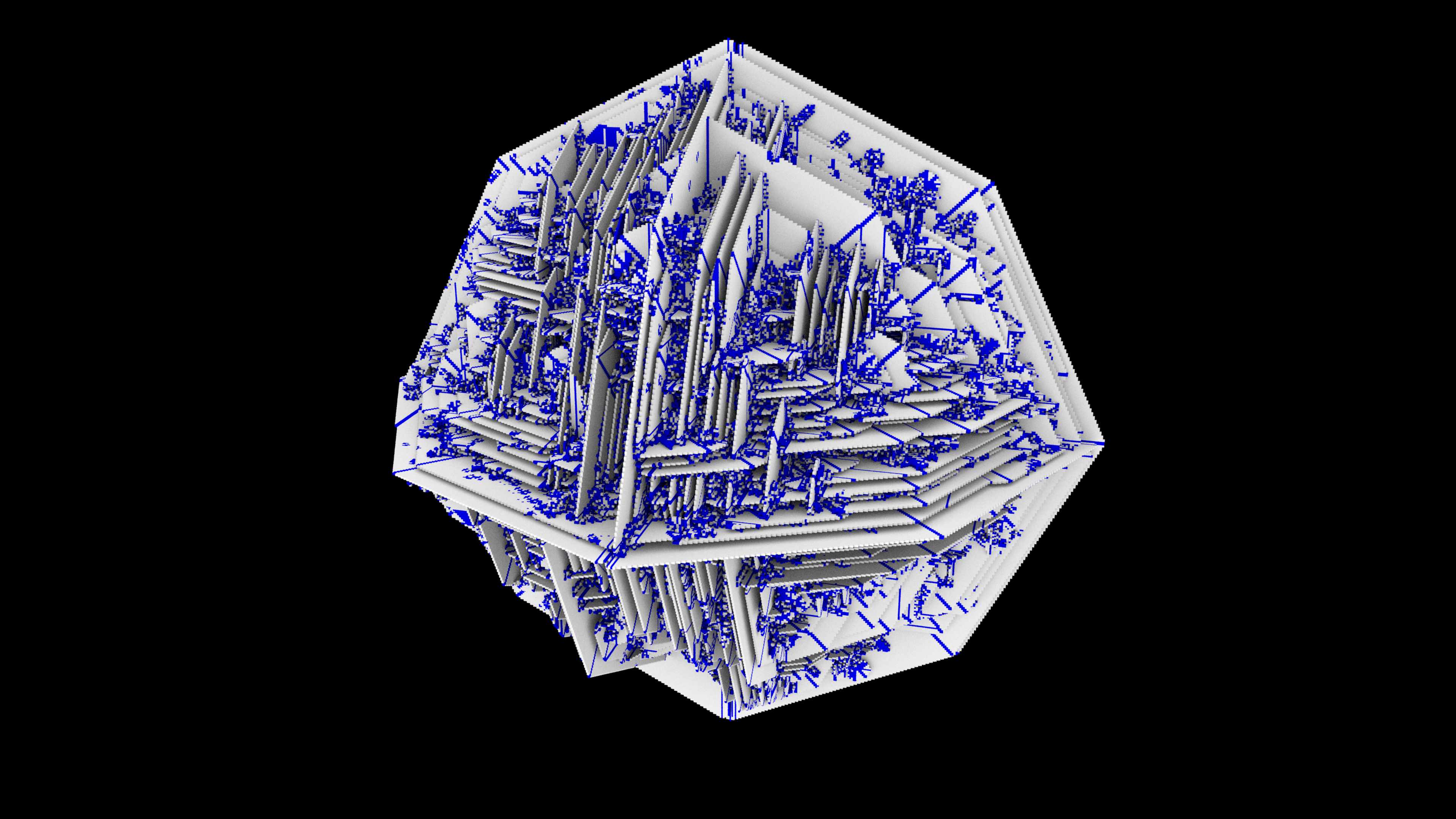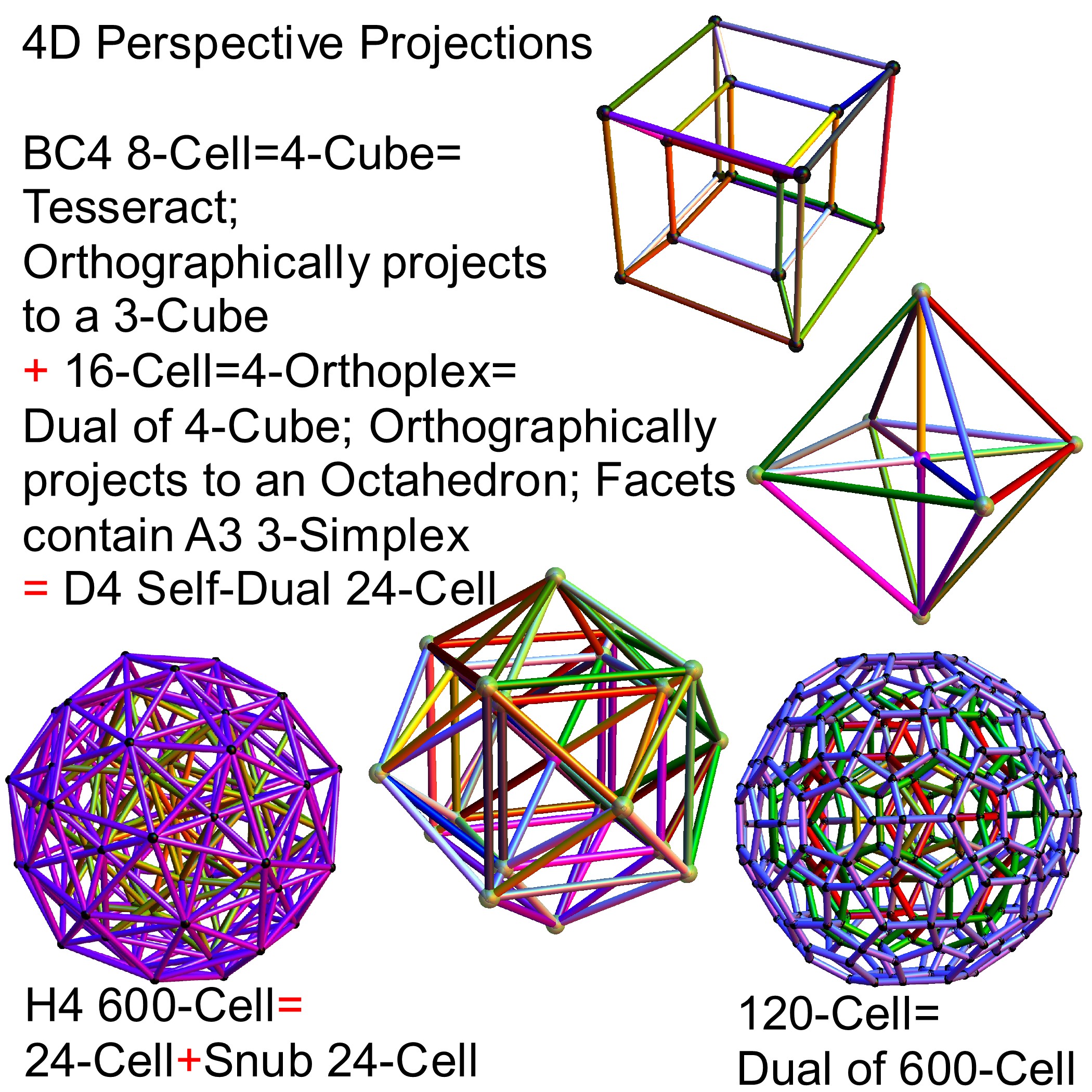
I'm still working on ways of efficiently exploring possible rule sets for 3-state, 4-state, and 5-state automata, all in the quest for finding a 3D automata that has the properties that make the original 2D GoL so appealing - long-lived chaotic behavior that isn't explosive, with lots of still-lifes, oscillators, gliders, and more complex patterns. Phew! Hopefully, it's clear that this system can generate a far larger universe of cellular automata, but also that there's a combinatorial explosion of possible rules that is very hard to explore. It's a 5-state rule set with 1 dead, 1 alive, and 3 dying states. For the BB table, this means the 1 in the first column gets bolded:Īlright! With all this build-up, I can finally describe the rule set in this video. We can indicate that by bolding the states in the first column that contribute to the live neighbor count - reddit's table formatting automatically bolds everything along the top row, so there's nothing to be done about that. For BB, 1 contributes and 0 and 2 do not. There's just one more necessary detail - distinguishing between states that contribute to the live neighbor count, and states that do not. My new rule engine handles an arbitrary number of states, describing updates using these rule tables. Where 0 is the "dead" state, 1 is the "alive" state, and 2 is the "dying" state. Then, we can describe the BB variant of the original 2D GoL as

To extend this to describing BB automata, it's helpful to add 2 more symbols: "A" (for "all") meaning "every live neighbor count", and "-" meaning "no live neighbor counts". This is a little unwieldy and gets even worse in 3D when we have 27 neighbors, so we can introduce the symbol "C" (for "complement") to mean "every live neighbor count that isn't somewhere else in this row", in which case the original 2D GoL transition table looks like Where 0 is the "dead" state and 1 is the "alive" state.
3d cellular automaton how to#
To see how to generalize these rules, it helps to rewrite these rules as a transition table, where entry (i,j) is the list of live neighbor counts that cause state i to transition to state j. The BB variant would be written the same, since the alive->dying transition is always the same. These rules are traditionally written in "B/S" notation: The original 2D GoL is B3/S23. Dying voxels are not included in the alive neighbor count. BB automata have 3 states (dead/alive/dying), which behave the same except (1) alive voxels with live neighbor counts not in the "stay" set transition to dying voxels, and (2) dying voxels always transition to dead voxels.

3d cellular automaton update#
The update rules count each voxel's alive neighbors dead voxels become alive if the live neighbor count is in a "birth" set, and alive voxels stay alive if the live neighbor count is in a "stay" set, else alive voxels become dead. I'd like to describe what's going on here well enough to explain what rule set I used for this cellular automaton.

The model can be used to study the grain growth process of Fe-1C-1.5Cr alloy steel under three-dimensional conditions.A few more details for the technically-minded: This follows some older experimentation I did with building a 3D cellular automaton engine for Game of Life-style rules (GoL) and Brian's Brain-style rules (BB). The results show that the model established in this paper can well describe the austenite grain growth process of Fe-1C-1.5Cr alloy steel at different temperatures. The paper presents the calculation steps of the three-dimensional cellular automaton model and the calculation methods of key parameters such as grain boundary curvature and grain growth speed, and validates the model calculation results. The strength of neighbor lattice point’s influence is determined by the distance from the center lattice point. This model proposes a discrete representation of the three-dimensional grain boundary curvature, and calculates the 26 neighbor lattice points to the center lattice point in three-dimensional space. A three-dimensional (3D) cellular automaton model describing the austenite grain growth process of Fe-1C-1.5Cr alloy steel is established.


 0 kommentar(er)
0 kommentar(er)
